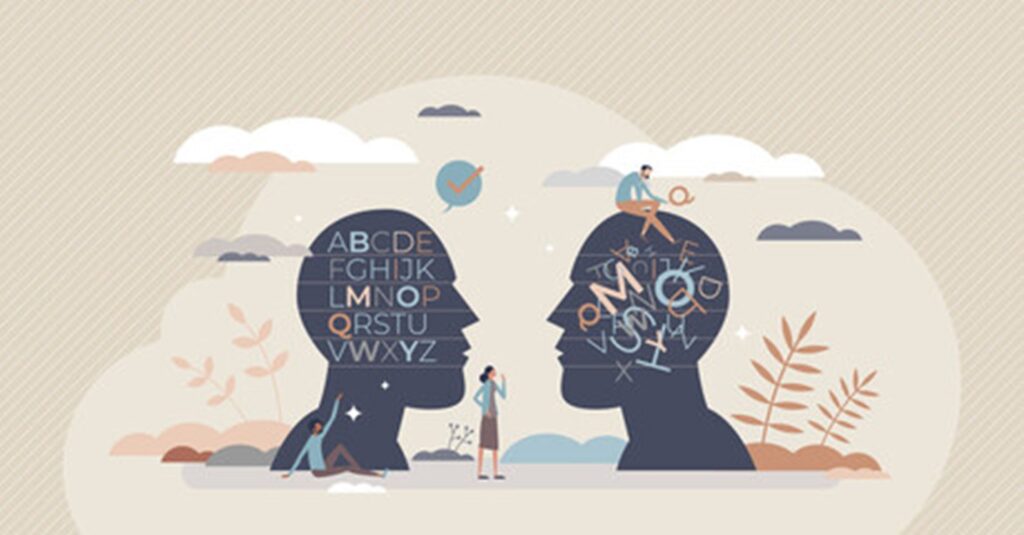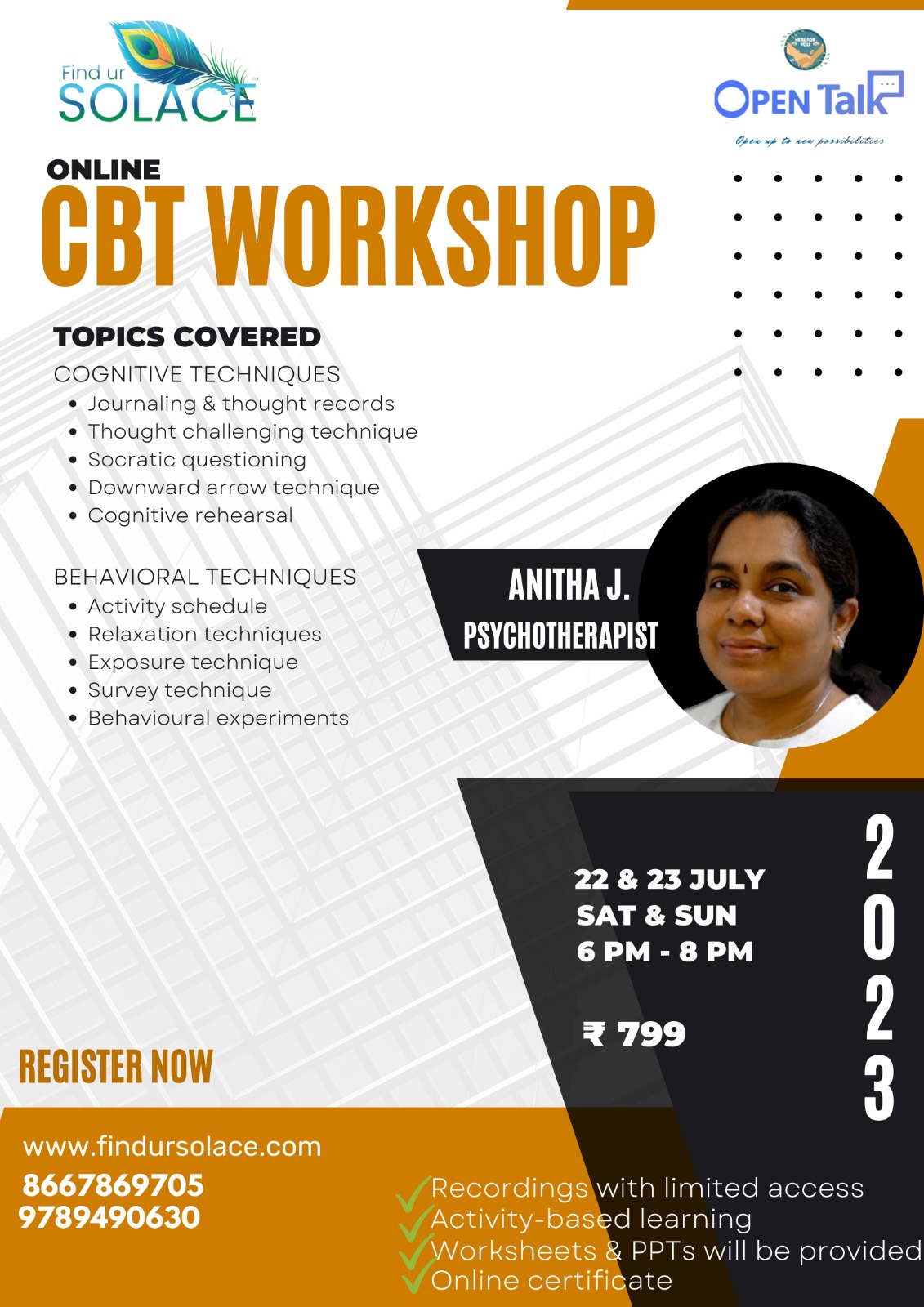Very happy to share that I delivered a lecture on “AN OVERVIEW OF LEARNING DISABILITIES” at PSGR KRISHNAMMAL COLLEGE (GRG INSTITUTIONS), COIMBATORE, TAMIL NADU.
Delighted to share some salient points.
LEARNING DISABILITY
Learning Disability (LD) is a neurological condition in which the brain’s ability to send, receive and process information gets affected. Children with Learning Disability, most commonly, may have difficulty in basic reading and language skills.

Studies say that nearly 80% of children with Learning Disabilities may have reading problems, and they often run in families.
They must not be confused with other disabilities like autism, intellectual disability, blindness, deafness, behavioral disorders, and attendance problems.
ADHD (Attention Deficit/Hyperactivity Disorder) and Learning Disabilities often occur together.
Reading, writing, speaking, listening, understanding mathematical concepts, comprehension are some areas that gets affected.
TYPES
- Dyslexia
- Dyspraxia
- Dyscalculia
- Dysgraphia
- Nonverbal learning disabilities
- Auditory and language processing disorder
- Visual perceptual/Visual motor deficit

DYSLEXIA
Children with this disability may have trouble making connections between sounds and letters and to recognize and spell words. They may experience failure to fully understand what others say, delayed ability to speak, slow reading, difficulty following directions, trouble distinguishing left and right, and recalling numbers.
DYSGRAPHIA
It is characterized by problems with writing, and the child may feel stress to hold a pen or pencil. A child with poor handwriting may not necessarily have dysgraphia. These children may not like writing or drawing, grammatical errors, quick loss of energy while writing, difficulty writing down thoughts and ideas, and may leave words unfinished and may omit words while writing sentences.
DYSCALCULIA
It includes difficulty understanding basic mathematical concepts and math statement problems, trouble making cash transactions and in understanding time sequences and logical sequences.
DYSPRAXIA
These children have struggle with motor tasks and it may affect learning. They may find it difficult to organize things, to do tasks that require hand-eye coordination like coloring, solving puzzles, and accurate cuttings. They may break things easily and may have poor balance with sensitivity to loud, repetitive noise and touch.
WHAT CAN CAUSE LEARNING DISABILITY?
Many factors are responsible such as
- Inheritance
- If parents have had Learning Disability, it is likely that the child may develop the same.
- Ailment (during and after birth)
- Some of the possible factors may include substance use during pregnancy, trauma, low birth weight, prematurity etc.
- Stress
- During early stages, high temperature, injury, nutritional deficiency.
- Environmental stressors
- Exposure to toxins.
- Comorbidity
- Studies propose that
- 25% of LD children have ADHD
- 15% – 30% ADHD children have LD
- Studies propose that
CAN LEARNING DISABILITIES BE CURED?
LD can be managed well with early detection, timely intervention and appropriate support by the parents and teachers, who are the first responders.
WHAT CAN BE DONE?
- Competent professionals can help learn techniques.
- Individualized Education Program (IEP).
- Depending upon the type of Learning Disability, therapies like Speech Therapy, Occupational Therapy, Alternative Therapies like dance, art, music, can help.
It is imperative to know that children with Learning Disability have boundless aptitude, talent and skills in other areas of their interest. Teachers and parents play a major role in identifying the hidden potential and encourage the child to pursue them.

